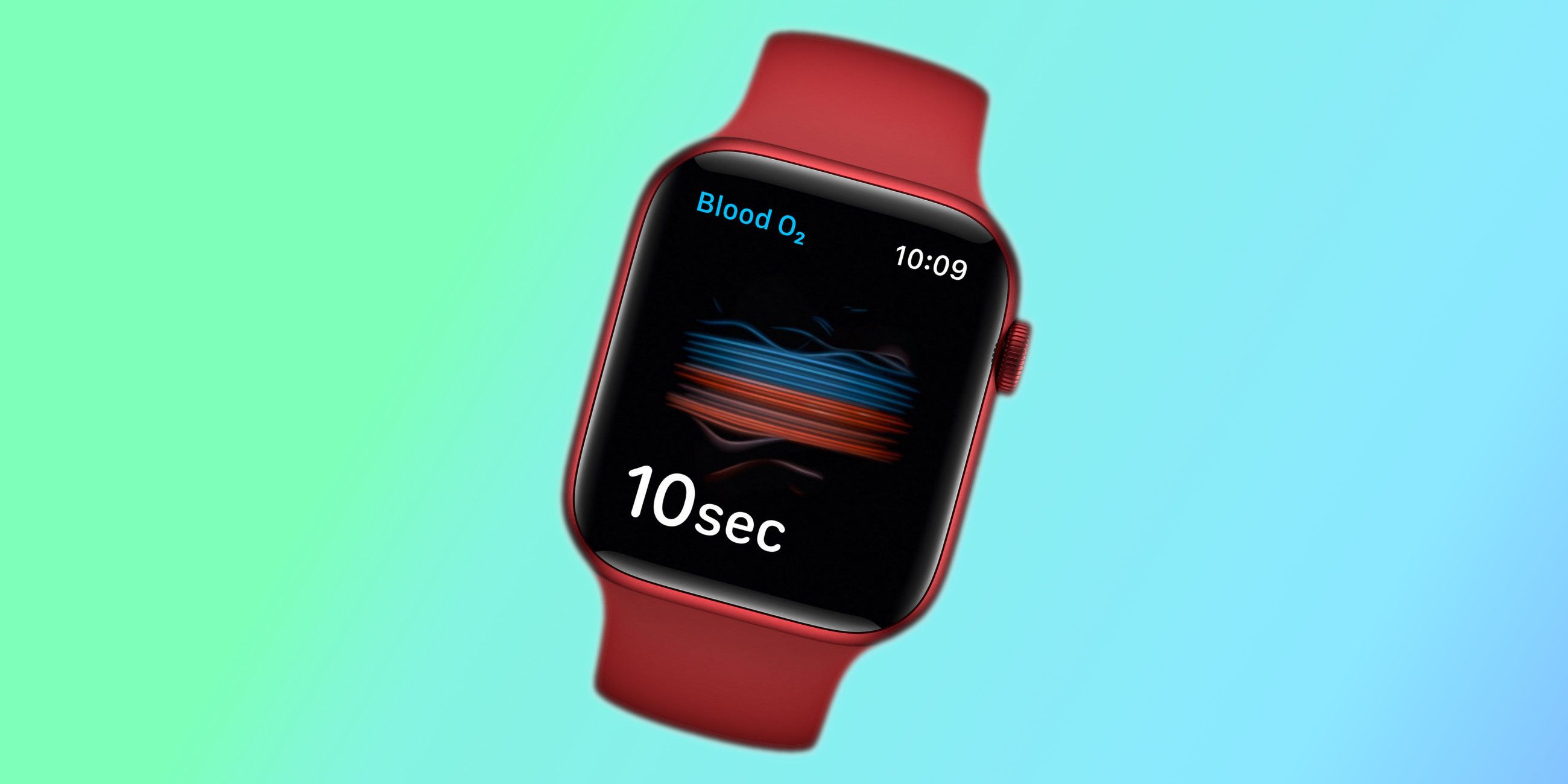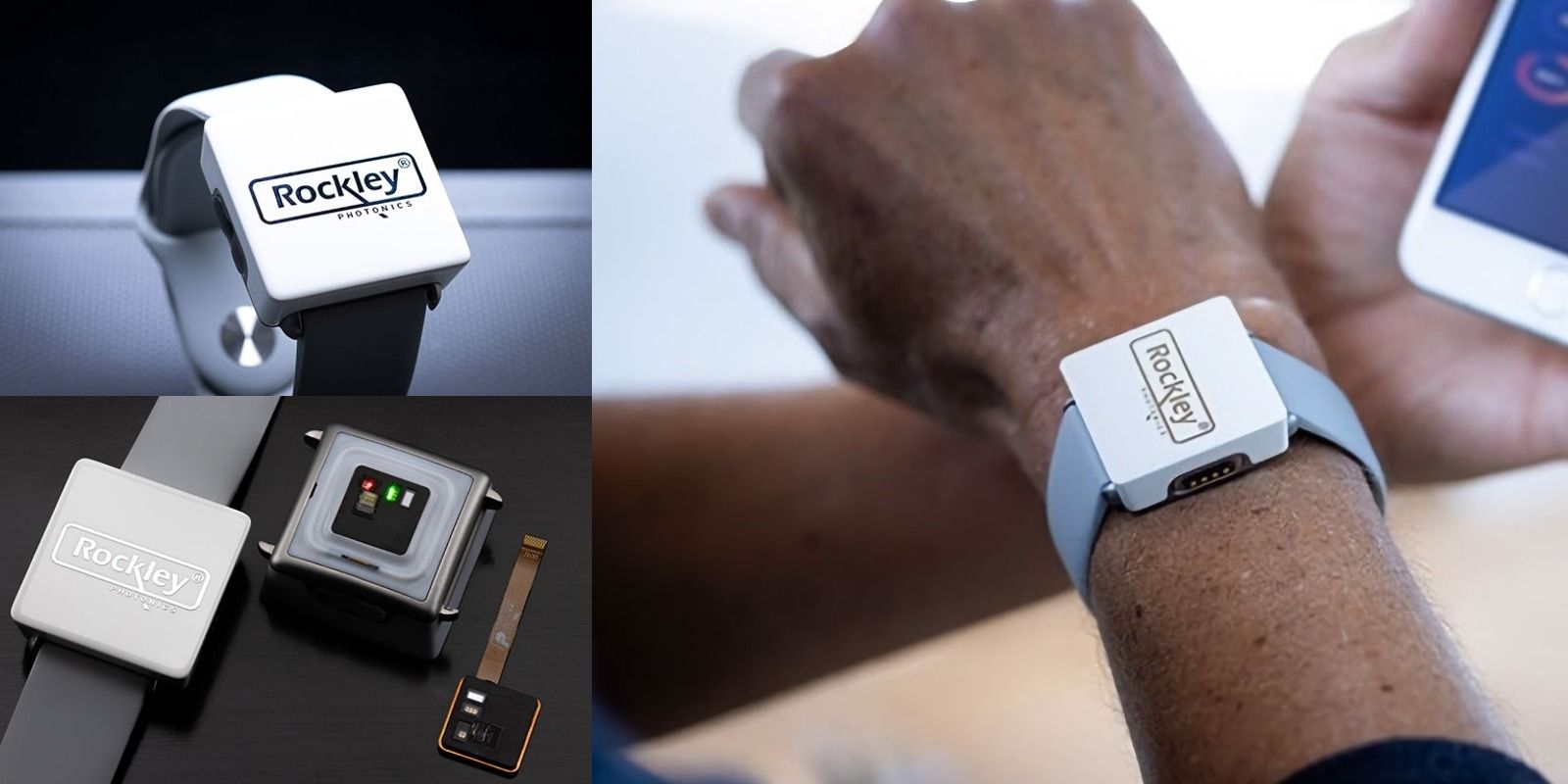
The Apple Watch could soon add a slew of advanced health and fitness capabilities to its arsenal that include blood glucose and alcohol level monitoring as well as core body temperature measurement. The Apple Watch was the first in its segment to offer ECG capabilities, and it is safe to assume that the company wants to maintain that leadership streak. Apple has lately given a huge push to the fitness aspect of its wearable device by launching a subscription service offering personalized workouts for activities such as cycling, treadmill, strength training, yoga, and even mindful cooldown sessions.
However, the company's key focus has primarily been innovating on the hardware side, culminating in the addition of ECG and blood SpO2 level measurement to the Apple Watch over the past couple of years. In fact, Apple is even rumored to be working on a way to automatically detect the position of wearable devices on the body using data collected from sensors like an accelerometer.
Now, it appears that the Apple Watch is not too far away from another major upgrade. UK-based Rockley Photonics — which counts Apple as one of its largest clients — has showcased its latest full-stack digital health sensor system for wearable devices. The company calls it a “clinic-on-the-wrist” system that brings capabilities such as core body temperature measurement, blood glucose + alcohol level monitoring, and blood pressure monitoring as well.

Rockley Photonics claims that its latest offering integrates sensors and application firmware to bring the aforesaid capabilities to wearable devices. Currently implemented in the form of a full-stack wristband-like sensing module, the reference device will undergo comprehensive in-house testing on human subjects to assess its efficiency. The most impressive aspect of Rockley’s “clinic-on-the-wrist” technology is the non-invasive approach it takes for measuring a set of biomarkers. This would work in the same fashion as heart rate or oxygen saturation level monitoring comes to life on the Apple Watch using LEDs. Not too long ago, the development of a non-invasive method to check blood glucose levels was a distant dream, and to this day, DIY kits for people with diabetes continue to rely on the invasive puncture method.
The British company is actually modifying the sensing hardware slightly. Wearables like the Apple Watch use green LEDs, but Rockley’s solution employs Infrared (IR) spectrophotometers for monitoring biomarkers such as heart rate and blood glucose levels among others. The discrete laser outputs generated by Rockley’s module non-invasively go past various layers of the dermis to collect data. Rockley claims that it is primarily targeting the consumer electronics market for personal health devices. In other words, wearables like the Apple Watch. While it remains to be seen how long it will take before these advanced capabilities make it to Apple’s smartwatch, given Apple’s penchant for strict quality control, it is safe to assume that the wait will be at least a year, or two.
Source: Rockley Photonics
from ScreenRant - Feed https://ift.tt/3ikulaO



0 Comments